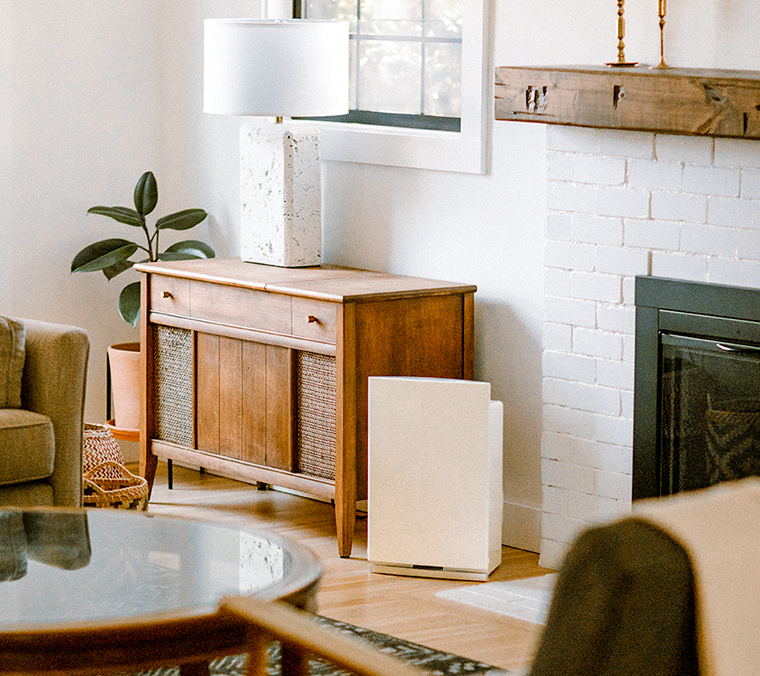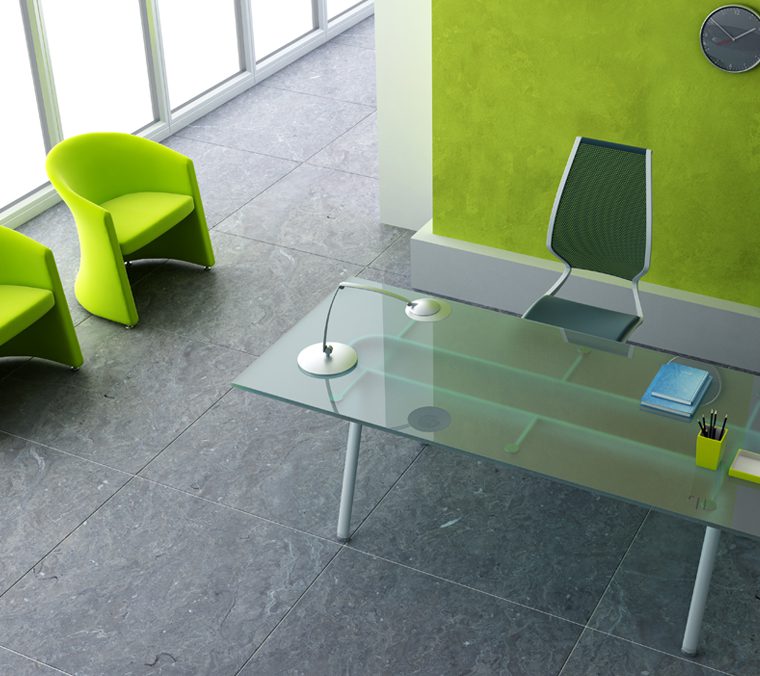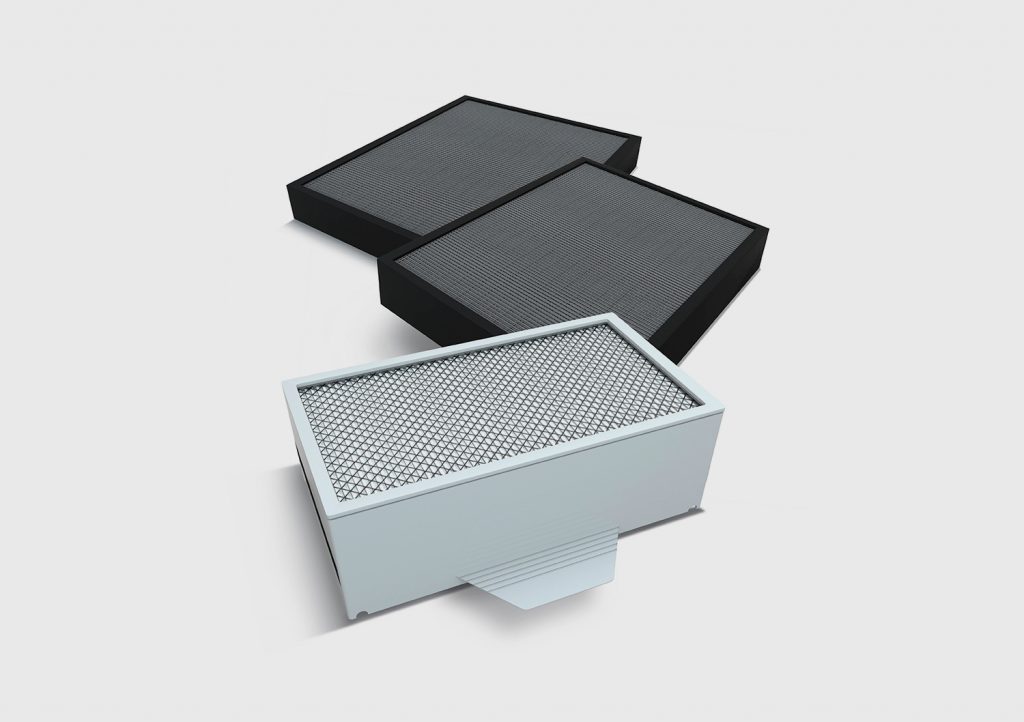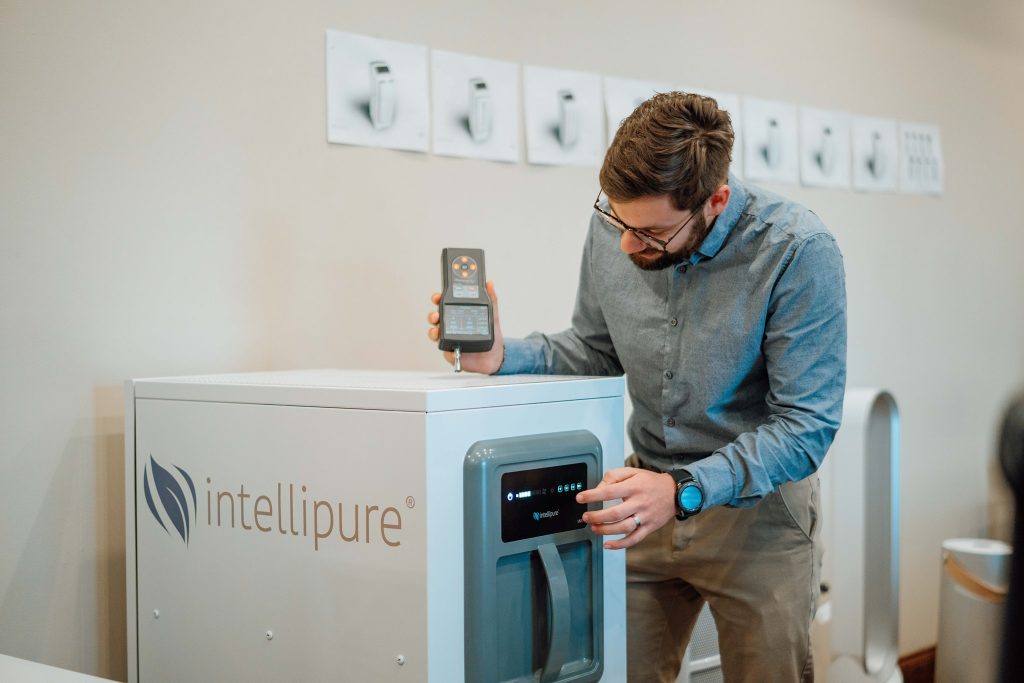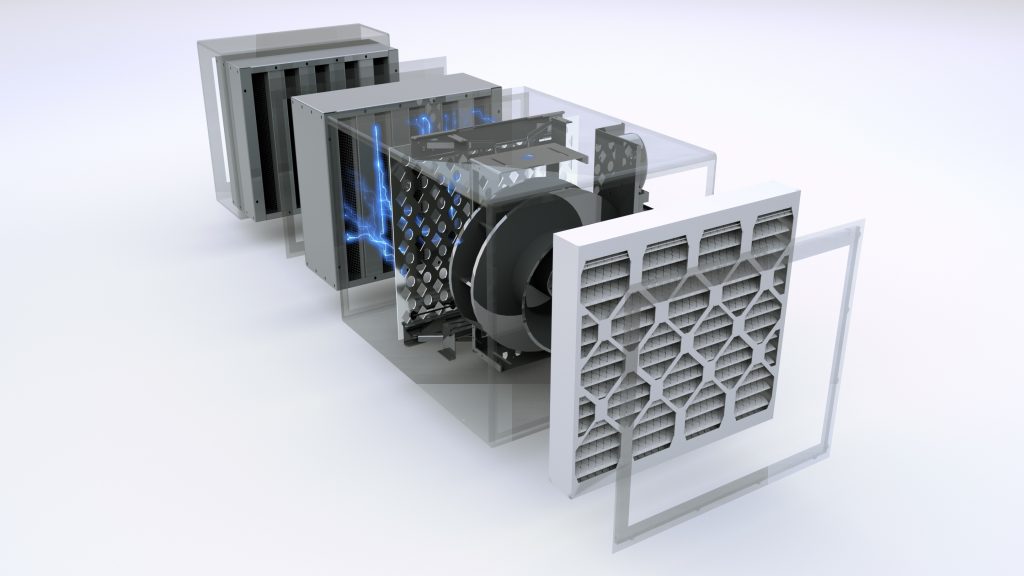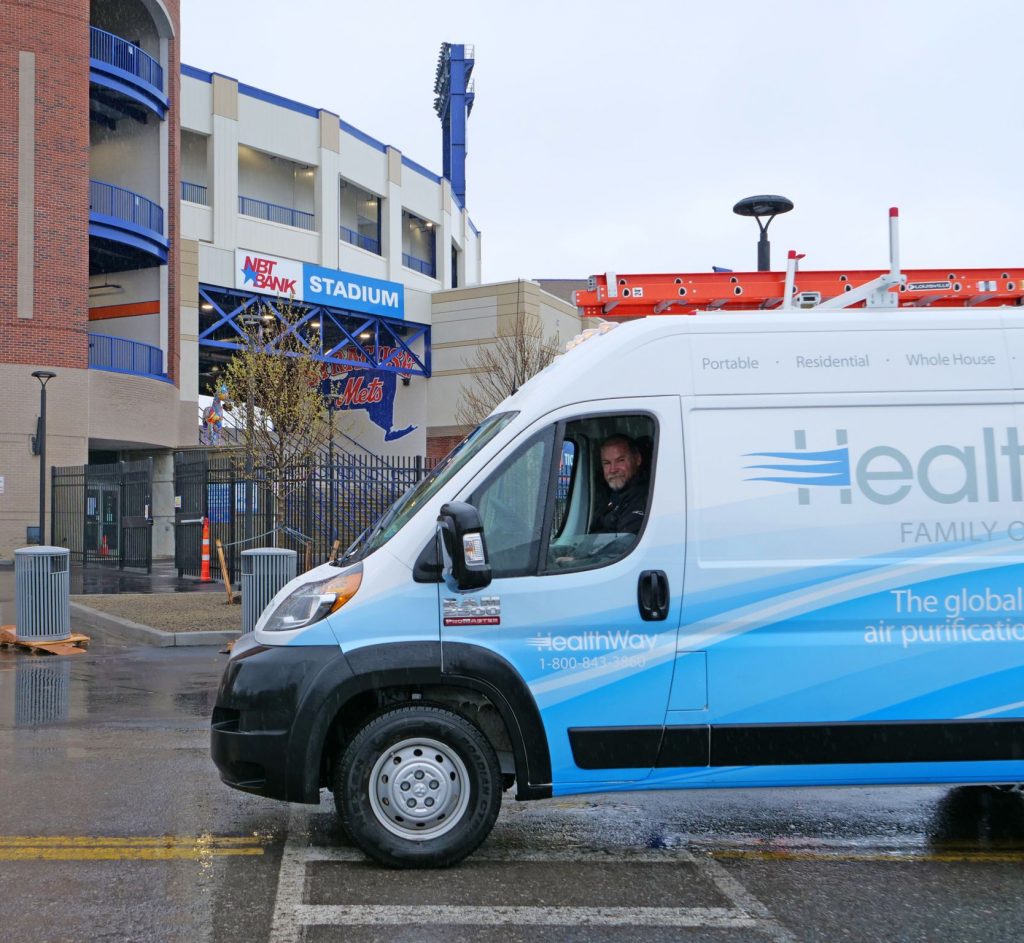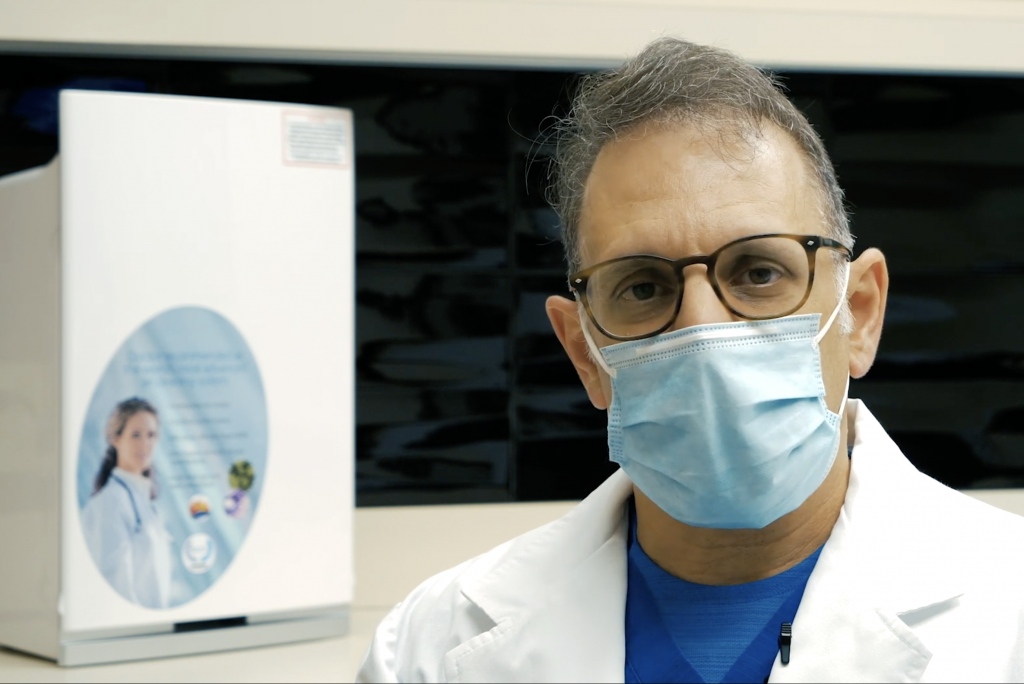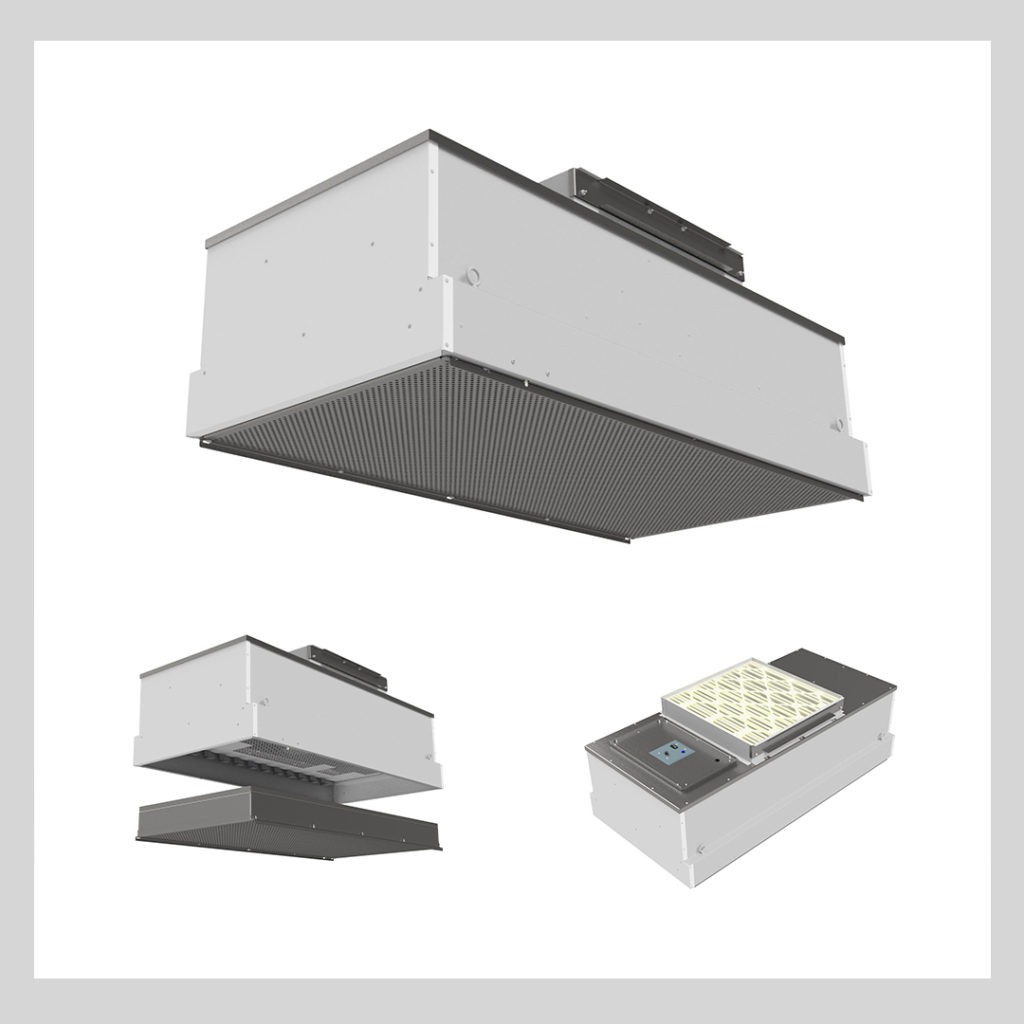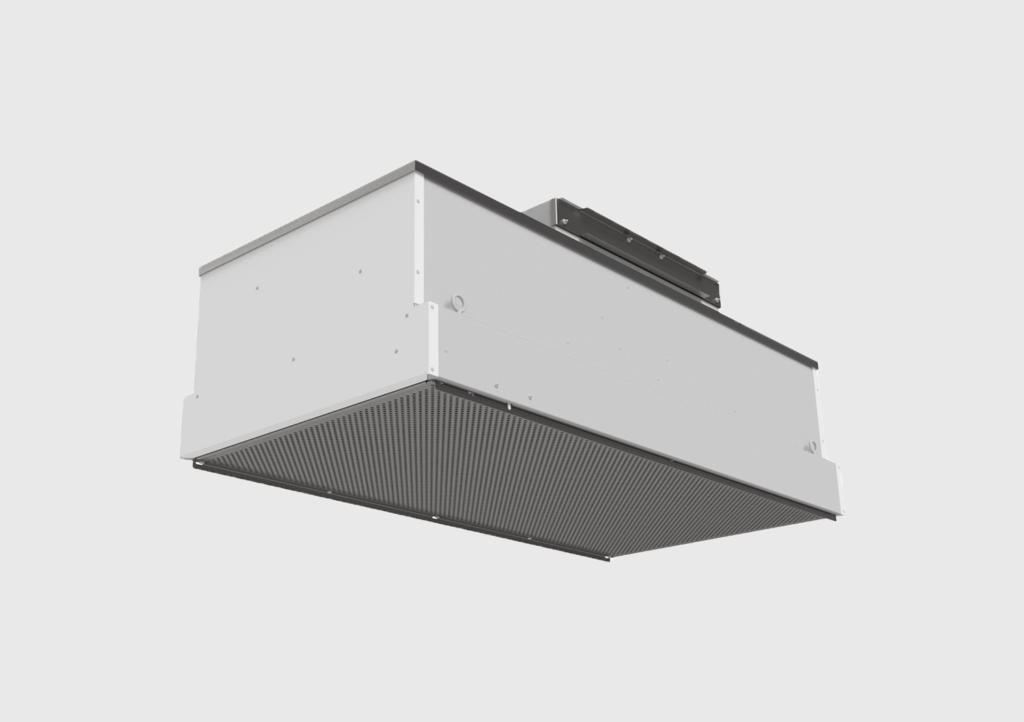Learning About HEPA Efficiency vs. HEPA Filtration
The term “HEPA” is thrown around a lot when discussing indoor air quality. But there’s more to HEPA than just a label on a filter box. To make things even more confusing the acronym “HEPA” usually stands for “High Efficiency Particulate Air”, but can also stand for “High Efficiency Particulate Absorbing” or even “High Efficiency Particulate Arrestance.” So even within the HEPA naming convention there is some grey area. It may be no surprise that there is confusion around what it means to be a HEPA filter, versus HEPA level filtration. Let’s take a look at what HEPA means and why there’s more to the story.
What Is A HEPA Filter?
By standard definition a HEPA filter is a mechanical pleated air filter that is able to remove 99.97% of 0.3 micrometer diameter airborne particulates in a single pass. But there’s more to it than just a definition. A filter must be tested in order to be certified and graded. The most common filter testing methods are IEST-RP-CC007, EN 1822, and ISO 29463. Depending on how the filter performs will decide how it is rated. For example using the EN 1822 Classification a filter that captures greater than 99.95% of 0.3 micron particles is rated H13, while a filter that captures greater than 99.995% of 0.3 micron particles is rated H14. Based on EN 1822 both H13 and H14 fall within the HEPA group. With several different testing standards, it is possible for there to be variations in the effectiveness of a filter marketed as “HEPA” level. Not all HEPA filters are the same.
In order for a HEPA filter to capture such tiny particles, it must have very finely spaced media. This media strains the air removing particles, but it also restricts air flow. In order to move air through a HEPA filter the fan or blower must overcome the restriction of the filter. Simply putting a HEPA filter into a system not designed for it can cause problems like unbalanced air flow and increased system strain.
What Is HEPA Level Efficiency?
So what about filters that reach the same level of 99.97% particle removal at 0.3 micrometer diameter? but don’t have the same physical characteristics? Technically that filter would have HEPA level efficiency, as it performs the same level of filtration but does so in a different manner. Ultimately how a filter does its job is the most important factor. If a filter can remove particulates at the same level as a HEPA filter, then it has HEPA level efficiency.
It is possible to achieve HEPA level filtration efficiency without the physically defined HEPA parameters. HealthWay DFS technology uses a proprietary deep pleated 100 percent sealed filter to provide electrically enhanced 99.97% particle removal at 0.3 micrometer diameter filtration with an ultra‐low pressure drop. When choosing an air filter for an application, it is important to look at certified lab test data and not just rely on a box label.
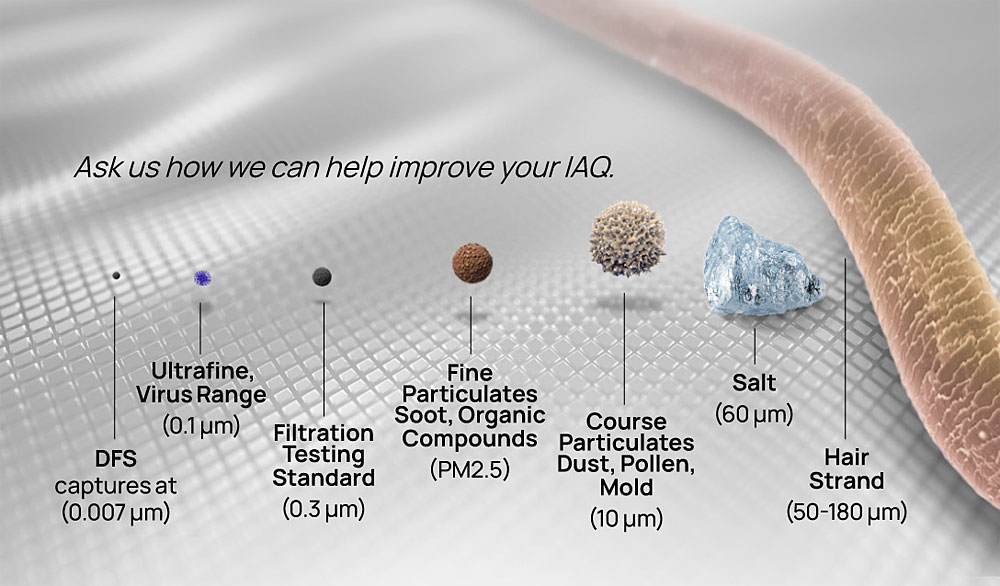
More Than Just The Filter
Just dropping a HEPA filter into an HVAC filter box does not automatically equal HEPA system level efficiency. The area surrounding the filter must be sealed to prevent any air bypassing the filter. If the air handling unit is not designed to give a complete seal around the air filter itself, air will find the path of least resistance and keep flowing. This means unfiltered air will just be cycled through the system, which negates the idea of using a highly rated air filter in the first place.
A HEPA Filter Alternative
Why would you want a filter that performs at HEPA efficiency levels but isn’t the exact definition? In some cases the answer is flow rate. While a HEPA air filter is great at catching particulates, it is also a bottleneck in airflow. An air filter that has less restrictive air flow characteristics needs less energy to move air through it, which can mean reduced electricity usage in some cases. But in the end the most important factor is how effectively air is being filtered. If a filter can remove 99.97% of particles at 0.3 micrometer diameter, then it is meeting HEPA level efficiency. For example, HealthWay’s FFU (fan filter unit) is able to deliver HEPA level air filtration efficiency while also using less electricity than a typical HEPA filter equipped FFU.
Know The Difference
When it comes down to it, the main difference between a HEPA filter and HEPA level efficiency is the physical filter construction. In applications where a strict adherence to physical HEPA filters is required (such as government contracts) it is fine to keep using the specified filters. But in situations where a HEPA level of filtration efficiency is desired, alternatives like HealthWay’s DFS technology can deliver HEPA level efficiency.
Share post


